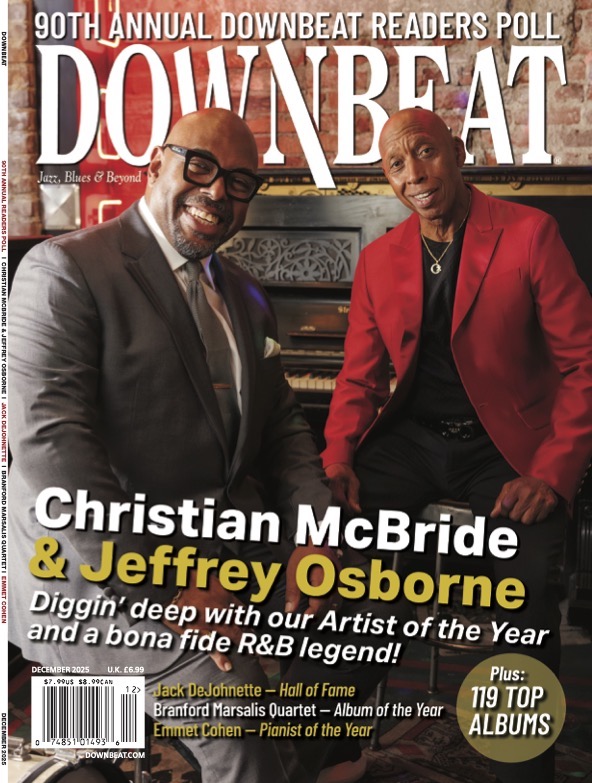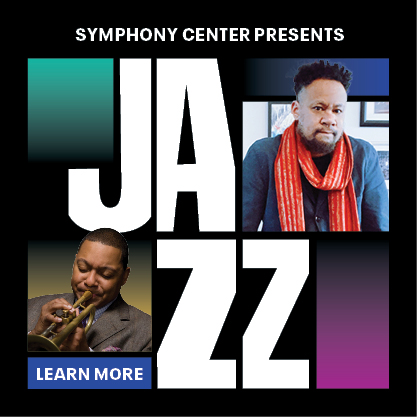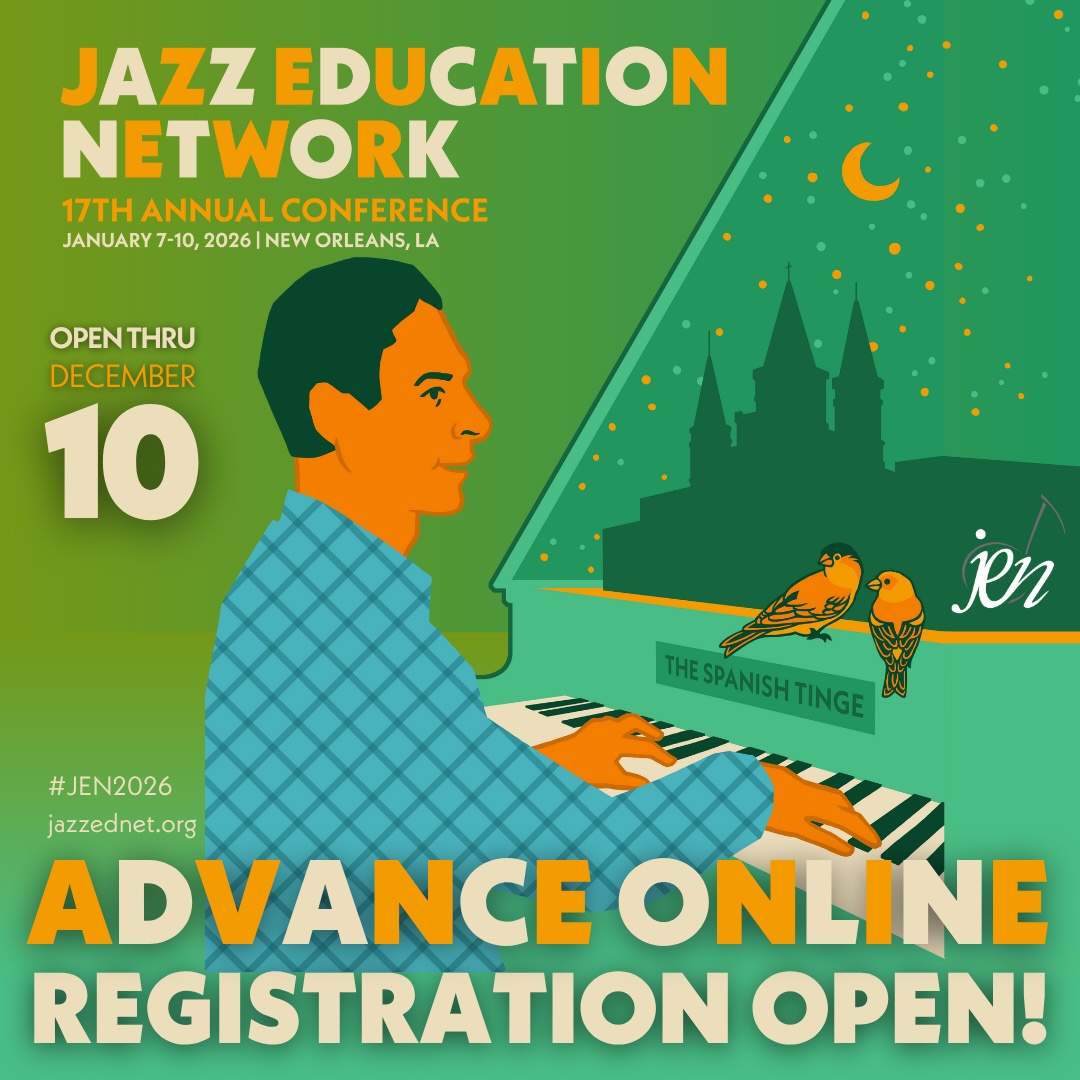Oct 28, 2025 10:47 AM
In Memoriam: Jack DeJohnette, 1942–2025
Jack DeJohnette, a bold and resourceful drummer and NEA Jazz Master who forged a unique vocabulary on the kit over his…
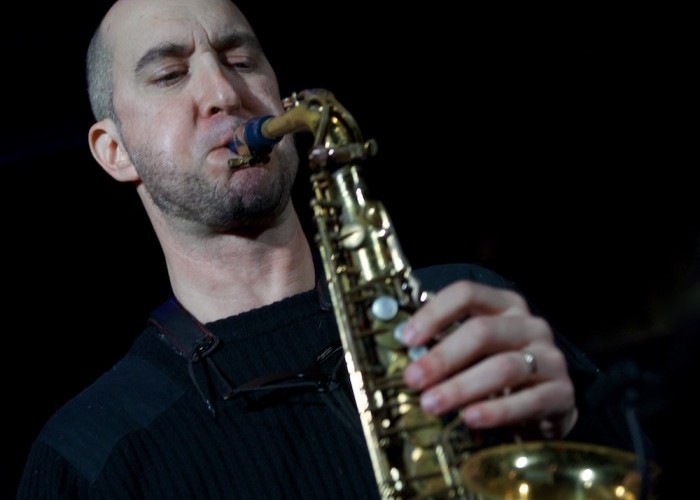
“I’ve had no shortage of encounters and new relationships with people on the West Coast that have been super inspiring and amazing,” says Lehman of his move to Los Angeles.
(Photo: RI Sutherland-Cohen)It’s a little after noon in Valencia, California, 30 minutes from downtown Los Angeles. Outside on a bench at California Institute of the Arts, shaded from the warm sun by a rather massive building that houses the six schools of visual, performing, media and literary arts under its expansive roof, saxophonist Steve Lehman sits for an interview.
It’s February, and the weather is nearly perfect, a blue, cloudless sky fanned by a light breeze. It might not have been why Lehman moved across the country from the East Coast, but days like this are enough to affirm the decision.
There was another day six weeks prior that could have changed Lehman’s mind. On Jan. 7 of this year, Southern California was ravaged by fires driven by intense winds to cataclysmic effect. Of the 14 major fires that burned throughout the month, two of them were especially devastating: the Palisades Fire that tore through the affluent area northwest of Santa Monica, and the Eaton Fire, which all but destroyed the city of Altadena some 30 miles to the east.
Nearly nine years ago, Lehman, already a Guggenheim Fellow and Doris Duke Award recipient who received a Jazz Album of the Year award from the New York Times in 2009 for Travail, Transformation And Flow (Pi), moved across the country, ultimately purchasing a house in Altadena, a quaint, friendly neighborhood and a delightful place to live, with his wife and their two young children.
The alto saxophonist found Altadena to be more akin to the East Coast, one of the more diverse areas of L.A. with its traditionally prominent Black community now blended with people from so many other backgrounds. He has musical acquaintances who lived there, namely saxophonist Bennie Maupin and guitarist Jeff Parker. Bobby Hutcherson grew up just outside Altadena, and upon finding that out, Lehman made a pilgrimage to his childhood home, taking a photo of his kids standing on the sidewalk in front of it. They had only met a few times, but Lehman had long admired the vibraphonist who had played on so many records with Lehman’s first great mentor, alto saxophonist Jackie McLean.
Lehman had hoped to study with McLean by attending college where he taught at the time: the Hartt School of Music at the University of Hartford in Connecticut. “My mom kind of intervened,” he says, recalling that she told him, “‘I want you to go someplace that I consider more academically rigorous.’ And she was a college professor, so she was right, she knew best.” Lehman ended up at Wesleyan University in nearby Middletown, where he began his studies with saxophonist and composer Anthony Braxton. Thus began a long and fruitful collaboration with the NEA Jazz Master and MacArthur Fellow.
“Steve Lehman is dedicated to the wonder of creative music,” said Braxton in a message to DownBeat. “His work has unique depth and fresh invention. This is the kind of music that can help our citizens reset their experiences and accelerate our curiosity. Steve Lehman is a virtuoso saxophonist, with the ability to create original ideas and new horizons.”
Braxton’s profound influence on his one-time student is now best epitomized in a recent release by Lehman: The Music Of Anthony Braxton (Pi), which features seven Braxton compositions reworked for Lehman’s long-standing trio with bassist Matt Brewer and drummer Damion Reid, along with special guest tenor saxophonist Mark Turner. The album was recorded live in Los Angeles, at ETA, the now defunct club in Highland Park, just a 10-minute drive from Altadena.
There are now many jazz musicians who live in the Northeast section of L.A., which includes Echo Park, Silver Lake, Los Feliz, Eagle Rock, Highland Park — and Altadena. Often thought of as the West Coast version of Brooklyn, this once overlooked area has seen an explosion in artistic energy, both from established artists who have transplanted themselves to the area like Parker and Lehman have done, and from younger musicians (many of whom are home-grown) who realize they no longer need to be in New York to enjoy a vibrant music career.
Evermore, those two groups are coalescing into a burgeoning jazz scene that has brought about a creative renaissance in the L.A. region. “I’ve had no shortage of encounters and new relationships with people on the West Coast that have been super inspiring and amazing,” says Lehman. “I definitely noticed from 2016 to now a radical acceleration of musicians relocating either back or to Los Angeles ... Damion Reid, Justin Brown, Logan Richardson, Gerald Clayton moving back, Mark ... Ben Williams — so that to me has really changed the landscape of the scene from my vantage point.”
But at the same time, Lehman has connected with a new generation of artists. “There’s a really amazing community of young musicians who are here,” he notes. “I’ve never put anything in front of Paul Cornish or Logan Kane or Devin Daniels ... Jermaine Paul, I can’t name everybody, Josh Johnson — that they weren’t able to deal with at the highest level, despite the fact that they’re involved in a really wide array of musical projects and communities.”
Many of those communities were born out of colleges and universities in Southern California that fostered over the years a bevy of talented young people — an emerging bedrock on which the shifting sands of artistic renewal have been steadily accumulating. Lehman moved to Los Angeles to teach at the institution affectionately known as CalArts to those who have had an opportunity to experience the school’s innovative learning environment.
(Disclosure: This writer received his MFA from CalArts in 2005 — for jazz keyboard, not jazz journalism.)
“Steve is one of those who has a total command of the tradition and the history of the music, but he uses that as a springboard to move forward,” says David Roitstein, who along with bassist Charlie Haden co-founded the Jazz Program at CalArts in 1983. “He’s not one of those people who doesn’t have the foundation (of jazz) but does great music, but he’s also not one of those who’s only interested in teaching people about the foundation.
CalArts, with Haden as the school’s first and best example, has developed its reputation on finding an equilibrium between history and innovation.
“He’s equally dedicated to being a composer as well as a performer,” Roitstein continues regarding Lehman. “He works with a lot of young musicians, people who are really on the front edge of stuff and open to everything. His time with Anthony Braxton really exposed him to a super experimentalist direction.”
Just before sitting down for this interview, Lehman was indoors, teaching a class called “Jazz and Urban Experimentalism” to a packed room of students. He played a wide range of sound samples with accompanying transcriptions of the music projected on a screen, analyzing soul/hip-hop artist Georgia Anne Muldrow, the rapper Knxwledge, J-Dilla, Flying Lotus, Outkast. Lehman has long been fascinated with avant-garde tendencies in hip-hop, to the point of forming, in 2016, an avant-rap collective called Sélébéyone, a group that DownBeat asserted in its review of their debut album “unites voices from avant-garde jazz, electronic music, underground hip-hop and Senegalese rap under the banner of intrepid musical experimentalism.”
Lehman is also one of the first jazz artists to seriously explore spectral music, a compositional approach developed in France in the early 1970s, where compositions are made via the sonographic analysis of sound or even mathematically generated spectra. He studied with spectral music pioneer Tristan Murail while pursuing his doctorate in composition at Columbia University, and he recorded his landmark album Travail, Transformation And Flow during that time. The album explores these spectral elements, with the accomplished jazz musicians — trumpeter Jonathan Finlayson, bassist Drew Gress, drummer Tyshawn Sorey, vibraphonist Chris Dingman — engaging in microtonal harmonies that fall somewhere outside and in between the standard 12-tone system.
But what makes this foray into the outer limits of composition personally fascinating for Lehman is that he recognizes some of these spectral harmonic elements in his original mentor, McLean. In an interview with New Music USA, Lehman says McLean’s innate “intense focus on sound and timbre ends up for me having a lot of overlap with the music of someone like Tristan Murail and his kind of extreme focus on timbre and the physics of sound.”
Lehman admits that the switch from McLean to Braxton at Wesleyan wasn’t easy initially. “The first thing I heard [of Braxton] was a concert at Town Hall with Jeane Lee and Dave Holland, and I was not into it, I couldn’t find my way in. But I knew he was very accomplished ... so I met him at college and asked if I could play in his student ensemble.”
Lehman remembers that Braxton “in so many words was like, ‘You should maybe start to think in terms of a more long-term vision for what you want to do,’ and when I was 18, maybe he was just asking too much, but it definitely registered.” Lehman found that vision as Braxton encouraged him to pursue higher-level improvisational and compositional concepts. Yet all the while, Lehman continued to study with McLean, going over to Hartt for lessons. Mama might know best, but the heart does what it wants.
Yet it was Braxton who then invited Lehman to be part of his professional group, touring, recording and playing at European festivals alongside a few other of his fellow students, including guitarist Mary Halvorson and cornetist Taylor Ho Bynum. “My nickname, and it was a disparaging nickname when I first joined Braxton’s band — not from him but from other people in the ensemble — was Mr. Bebop, which was wild, but because I was too invested in that music for some people’s taste,” Lehman recalls.
Lehman learned from Braxton how to be a complete musician on top of a burning soloist. He says, “I like his general perspective of being very open and supportive but also trying to be rigorous and to hold everybody, including himself, to a high standard. That definitely helps me a lot at CalArts — [there’s a] lot of similarities between CalArts and Wesleyan, actually. ... There’s a real emphasis on creativity and a creative spirit here. And so, a lot of time what needs to be reinforced is the notion of craft and technical expertise.”
Those dual qualities of creative innovation built on rigorous research and practice of the craft of execution are evident in Lehman’s tribute to Braxton. The genesis of the album was a concert of Braxton’s music that Lehman performed at REDCAT, the Roy and Edna Disney CalArts Theatre, a black box studio attached to the Walt Disney Concert Hall for use by the school. (Walt Disney and his brother Roy had founded CalArts in 1961.) Lehman, rather than hire only those who were already familiar with Braxton’s work, decided to reach out to other Los Angeles musicians whom he admired, including many younger artists, to see if they could reveal another facet of Braxton’s vision.
After the concert, Lehman began to conceive of a more stripped-down version of Braxton’s compositions that could be performed in a more conventional jazz setting. He explains, “I wanted to document something with Mark [Turner] since we’ve been able to work together more often, and I thought, let’s [take] this pretty challenging repertoire that we already sort of have invested some time into and build off of that.”
This involved reworking the pieces into vehicles that accommodated improvising, more like jazz tunes. “I honestly give the lion’s share of the credit for that to Damion and Matt, to the rhythm section’s approach to the music, because (on the original recordings) the percussionists or the drummer will have a more textural approach and not be as propulsive.” Lehman also ended up adding sections for solos, or even a coda, to give the pieces some additional shape, while reducing the scores to something akin to a lead sheet.
The results manifested in a scintillating live quartet performance of those reimagined Braxton pieces, where Lehman and Turner exchange volleys of eloquent saxophone fire over an exciting, undulating pulse driven by Brewer and Reid, like some wild crossing of Warne Marsh and Lee Konitz with Don Cherry and Ornette Coleman. Lehman notes, “The most pleasant surprise was the extent to which people hearing the music — audience members, other musicians, elder musicians — that the music really felt very contemporary to them, like of 2025, and also they felt like I put my stamp on it.” It’s as if Lehman was expressing both facets of his musical origins: the composer-protege of Braxton and the bebop-blazing acolyte of McLean.
And so, Steve Lehman has found a home here in Los Angeles, surrounded by a deep well of invigorating talent, teaching at a school where he can influence and inspire a new generation of musicians.
But, to complete the story, he is also literally without a home. The Eaton fire claimed it along with that of his friend Bennie Maupin and so many other musicians, friends and neighbors. It will take years to rebuild, and there is no guarantee Lehman and his family will ever move back to Altadena. The silver lining has been the overwhelming support from both the artistic communities that Lehman and his wife each belong to (she is a successful film and television director) and their inner circles of neighbors, friends and family. After this interview, Lehman emailed some pictures of a recent gathering at his house, where other musicians had come by to eat and play, enjoying the rustic, wooded view from his backyard, congregating next to the trampoline he had set up for his kids. Even though that place is gone, the smiling faces in the photos represent a truer homecoming for the journey he has been on since he made that determining decision to listen both to his mother and to his heart. DB
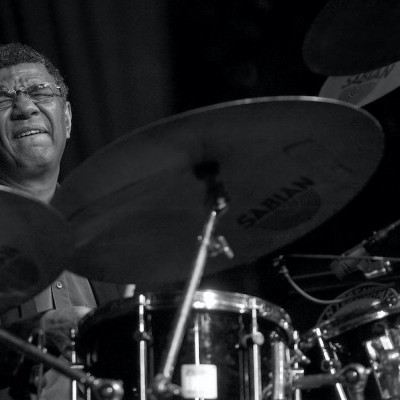
Jack DeJohnette boasted a musical resume that was as long as it was fearsome.
Oct 28, 2025 10:47 AM
Jack DeJohnette, a bold and resourceful drummer and NEA Jazz Master who forged a unique vocabulary on the kit over his…

D’Angelo achieved commercial and critical success experimenting with a fusion of jazz, funk, soul, R&B and hip-hop.
Oct 14, 2025 1:47 PM
D’Angelo, a Grammy-winning R&B and neo-soul singer, guitarist and pianist who exerted a profound influence on 21st…
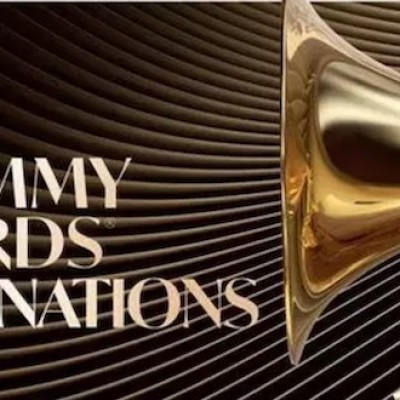
To see the complete list of nominations for the 2026 Grammy Awards, go to grammy.com.
Nov 11, 2025 12:35 PM
The nominations for the 2026 Grammy Awards are in, with plenty to smile about for the worlds of jazz, blues and beyond.…
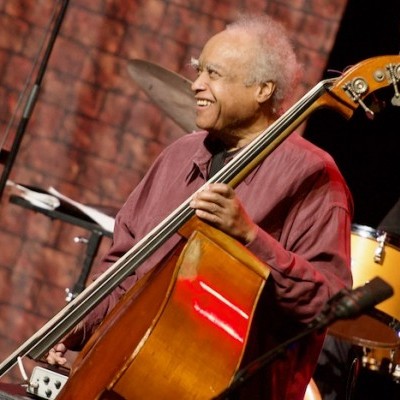
Drummond was cherished by generations of mainstream jazz listeners and bandleaders for his authoritative tonal presence, a defining quality of his style most apparent when he played his instrument unamplified.
Nov 4, 2025 11:39 AM
Ray Drummond, a first-call bassist who appeared on hundreds of albums as a sideman for some of the top names in jazz…
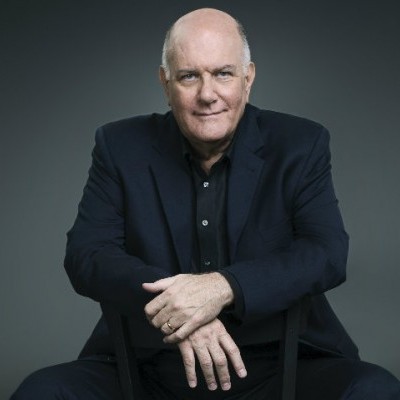
Jim McNeely’s singular body of work had a profound and lasting influence on many of today’s top jazz composers in the U.S. and in Europe.
Oct 7, 2025 3:40 PM
Pianist Jim McNeely, one of the most distinguished large ensemble jazz composers of his generation, died Sept. 26 at…

